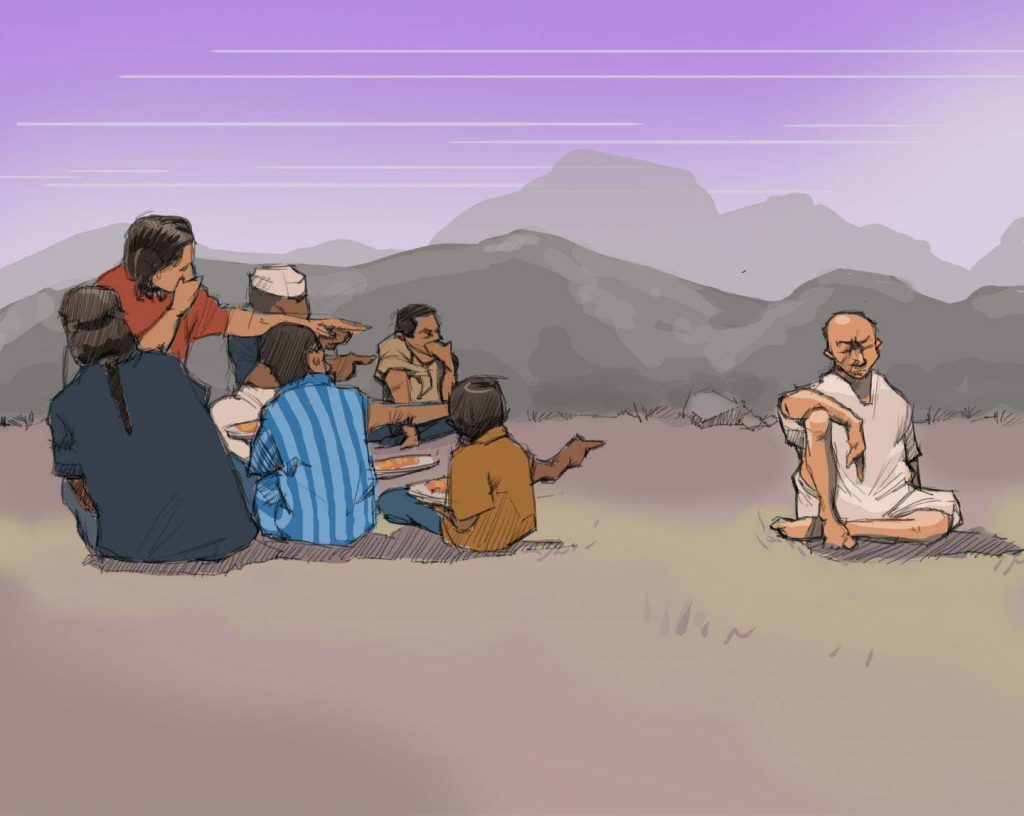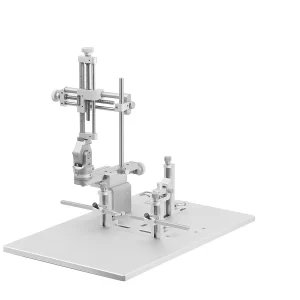
New Technique Discovered For Easy Autism Detection in Kids
A new study has discovered a new technique that ensures autism spectrum disorder in kids is accurately and quickly detected by doctors. Previously discovered

The UK charity Sightsavers works with people that have Neglected tropical disease (NTD). The conditions in question impact the lives of more than a billion people around the world. Besides prevention, there is also an urgent need to develop effective treatment plans for people living with the diseases.
A research team from Sightsavers, working in Nigeria, combines medical research and art to raise awareness of the issue. What did they do exactly?
The research program led by Martins Imhansoloeva wants to determine what prevents people from gaining treatment for NTDs. This approach aimed to determine the real situation on the field as it is encountered by the patients. Also, the research was done with face-to-face interviews and focus groups. Furthermore, the participants in the study are from the state of Kebbi and Benue.
The research team chose to use a community-based approach in their research. That is, frontline medical workers and patients from the community were trained to help with the interviewing process. This approach is helpful because it gives the researchers direct content with communities that suffer from NTDs.
After the research, several issues came up in the findings. They all tell of the reasons that prevent patients from finding an effective treatment. Furthermore, it is also obvious that living with these conditions impacts the mental health of patients.
Here are the main issues that came up during the research:
A local artist Christian Okwananke gave the final contribution to the project through his art. That is, he made illustrations depicting the issues that came up during the research. Those illustrations have two purposes. First, they can help raise global awareness of NTDs and the impact it has on people’s lives. Second, the illustrations helped the research team initiate a healthy discussion with government officials and representatives of health organizations.
Refugees with PTSD May Influence the Mental Health of their Children
A Questionnaire May Help Determine if Preeclampsia Can Develop
How participatory research can change the lives of people affected by NTDs
Prejudice, poverty, gender – illustrations show the reality of living with disease

A new study has discovered a new technique that ensures autism spectrum disorder in kids is accurately and quickly detected by doctors. Previously discovered

New Study shows that different coloration of primates doesn’t indicate fertile phases, but individual characteristics and reproductive status. Previous studies of ornamentation in female primates

Today astronomers from the Event Horizon Telescope Project (EHTP) unveiled the first-ever picture of a black hole and I’m sure most of you will have

A new study reveals that acute kidney failure can be detected earlier than the previous and currently used methods in patients. Drug-induced acute kidney






DISCLAIMER: ConductScience and affiliate products are NOT designed for human consumption, testing, or clinical utilization. They are designed for pre-clinical utilization only. Customers purchasing apparatus for the purposes of scientific research or veterinary care affirm adherence to applicable regulatory bodies for the country in which their research or care is conducted.